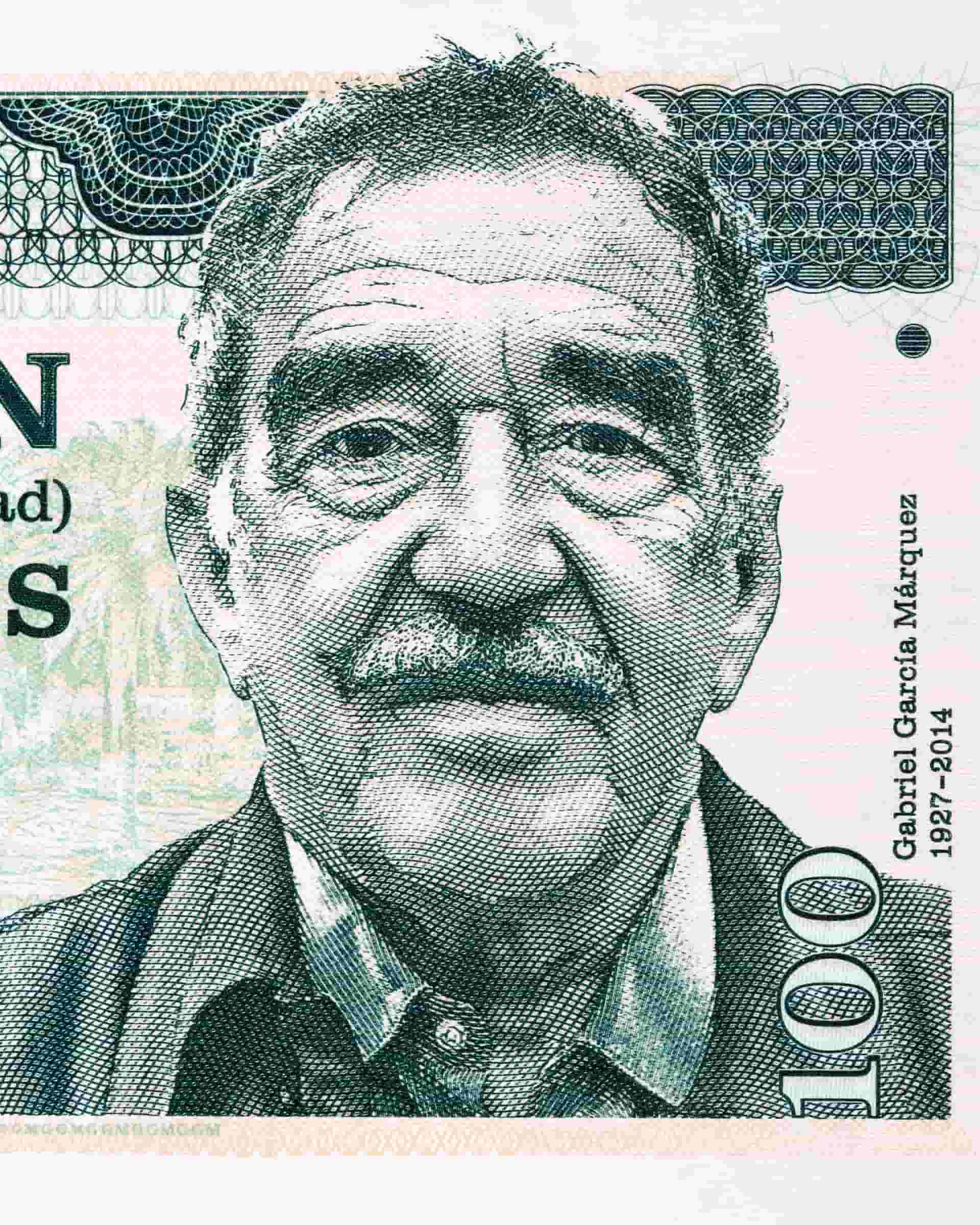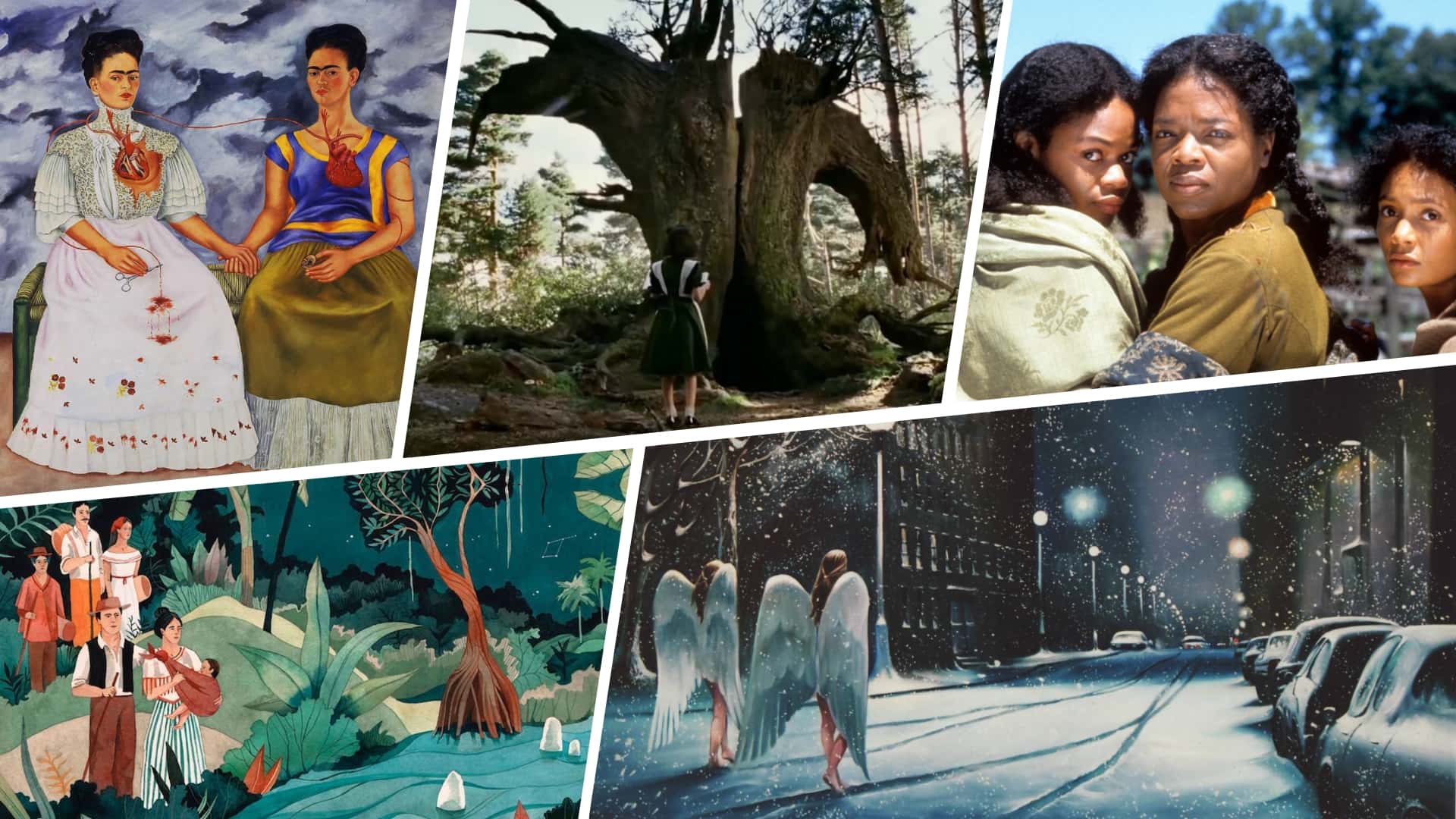There are few movements that shaped the literary arts in the 20th century more than Magical Realism. The genre reinvented what a novel could do, and gave writers new tools with which to shape their stories and social commentaries. In this post, we’ll define Magical Realism and examine why it became so popular.
Magical Realism Definition
Let's define Magical Realism
On its face, the term “magical realism” might seem like an oxymoron, but its definition is actually quite straight forward. What is Magical Realism? For more, check out our index of art styles covering more specific and noteworthy movements.
MAGICAL REALISM DEFINITION
What is Magical Realism?
Magical Realism is a genre of fiction which depicts a setting rooted in realism, but which has elements of fantasy. In other words, the world in which the story takes place is almost entirely identical to ours, but one or a few other worldly beings or traits are added to the mix. Often in in this genre, the mechanics and rules of the magical element are left unexplained, a divergence from much of the fantasy genre. This is because magical realists are less interested in how the magic works than they are in what it represents and how it affects characters.
Important Figures in the Magical Realism Art Movement
- Gabriel Garcia Marquez (Author)
- Isabel Allende (Author)
- Toni Morrison (Author)
- Salman Rushdie (Author)
- Frida Kahlo (Painter)
- Guillermo del Toro (Filmmaker)
What is Magical Realism Art Movement
A history of Magical Realism
While there is a long lineage of writers putting fantastical elements into their otherwise grounded stories, Magical Realism as we know it today originated in Latin America. Of course, however, it didn’t come out of nowhere.
The term Magical Realism was coined by German critic Franz Roh in 1925, though he was referring to a movement within Germany called New Objectivity, popularized by authors like Franz Kafka. Like much of Kafka’s work, much of New Objectivity was rooted in philosophy and differs slightly from what we would call the Magical Realism art movement today.

Franz Roh • What is magical realism?
Roh’s term and its definition made its way to Latin America via authors like Alejo Carpentier, who were traveling back and forth between Europe and their home countries. These authors were influenced by Roh’s ideas and by the Surrealist movement in Europe, and began to develop their own angle on these ideas back in Latin America.
By 1940, Magical Realism had exploded in Latin America, and remained popular through the 1950s. The genre was not just limited to literature; artists like Frida Kahlo used it in their paintings.
In the 1960s, the style got attention on the global stage. The Cuban Revolution in 1959 turned the international community’s attention to Latin America, a region bursting at the seams with political and cultural revolutions.
This turmoil was digested by many Latin American authors (like Gabriel Garcia Marquez) through magical realism – critiquing American imperialism, corporate greed, and governmental corruption through fantastical allegories.

Gabriel Garcia Marquez
Magical realism became a popular genre among marginalized communities around the world. In the United States, for example, African American authors like Toni Morrison used the style to depict the horrors of racism. The genre continued to evolve and expand beyond the boundaries of just literature and painting: Magical Realism tropes reached into film, photography, and more.
What is Magical Realism vs Fantasy?
Magical Realism examples
Magical Realism has created some of the most enduring artistic works of the past century. Its universal popularity makes it one of the most diverse genres, shining light on drastically different communities and characters. Still, there’s similarities that can be learned from all of these examples.
One Hundred Years of Solitude, Gabriel Garcia Marquez (1967)
You can’t talk about magical realism without talking about Gabriel Garcia Marquez. One Hundred Years of Solitude is not just one of the finest examples of the genre, it’s one of the greatest works of literature, period.
The novel follows several generations of the Buendia family, a member of which founded the fictional town of Macondo.
Marquez uses Magical Realism in a variety of ways. One of which is the bending of time and the appearances of ghosts.
These fantastical elements inform one of the main themes of Solitude: the past is impossible to escape and must be reckoned with.
WHAT IS MAGICAL REALISM EXAMPLES
WHO IS GABRIEL GARCIA MARQUEZ?
Gabriel Garcia Marquez is a Colombian author who is considered one of the greatest writers of the 20th century.
Marquez started as a journalist who showed no inhibitions in criticizing the Colombian government, and his politics carried into his novels. By the time of his death, he was one of the most beloved figures in Colombia, referred to affectionately as Gabo and called “the greatest Colombian who ever lived” by Colombian president Juan Manuel Santos.
Beloved, Toni Morrison (1987)
Beloved is a fantastic example of why authors often turn to use this genre. In the novel, Toni Morrison sets out to depict how the specter of slavery continues to haunt the United States after its abolition. To do this, Morrison has her main character, a former slave, literally haunted by a ghost.
Magical realism literature examples
The result is a stunning, personal depiction of a subject which otherwise could feel abstract to audiences in 1987. The scars and horrors of slavery are very real in Beloved, and the novel stirs readers to this day.
Pan’s Labyrinth, Guillermo del Toro (2006)
Guillermo del Toro is a modern master of this magical form of storytelling, having made multiple fantastic films that fall into the genre. Don’t be fooled by the different medium; del Toro’s uses the characteristics for ends similar to that of Morrison and Marquez.
Magical Realism movies
In Pan’s Labyrinth, del Toro, like Toni Morrison with Beloved, attempts to digest trauma through fantastical allegory. Instead of slavery, however, del Toro tackles fascist Spain, mirroring the horrors of the very real war with the horrors of the underworld Ofelia discovers. The result is a powerful portrait of what it felt like to live through 1940s Spain.
Birdman, Alejandro Inarritu (2014)
Another great example is Alejandro Inarritu’s Birdman, which follows an over-the-hill actor trying to gain respect as a legitimate actor in spite of being known for his role as the superhero Birdman.
Magical Realism movies
In the film, the actor is beleaguered by his Birdman character and persona, which is represented by either seeing the character or his occasional transformation into the character. This fantastical touch highlights his inability to let Birdman go.
Magical Realism Definition
The many uses of Magical Realism
As you can probably tell from the aforementioned examples, magical realism, while seemingly narrow in its definition, can be applied to a variety of settings, stories, and media.
There are an endless variety of uses for it, but in a nutshell, it is a great tool to describe the indescribable. There’s a reason why Magical Realism became so popular among marginalized or war-torn communities: the genre can help depict unspeakable tragedies and traumas through allegories and allusions. Thus helping a reader understand something that might be difficult to truly wrap their heads around.
In a similar vein, Magical Realism is also a favored genre for those looking to critique power structures or cultural norms. Fantastical elements can be a type of hyperbole, taking things that exist in everyday life and heightening them to new levels of absurdity in order to shed light on the absurdity that’s already there.
Magical realism can also be escapism rooted in reality. Instead of fantasy, which takes place in a totally unrecognizable world, it can help a reader feel like their own world is magical. Harry Potter uses magical realism tools to inspire wonder in an audience while also allowing them to feel like they could be in the world themself.
So even if you’re not setting out to make something that is strictly in this genre, the ideas from the movement are helpful to everyone.
It’s just another approach towards a storyteller’s ultimate goal: to craft a world that an audience cares about.
UP NEXT
Explore More Styles and Movements
This was just one of many fascinating segments of art history. There are many eras, styles, artists, and movements to discover. Let's continue our study by choosing the next stop on your way to becoming an art aficionado. Below you can visit our Art Styles Index, our Art History Timeline, or choose an individual movement.
Share your vision with elegant shot lists and storyboards.
Create robust and customizable shot lists. Upload images to make storyboards and slideshows.
